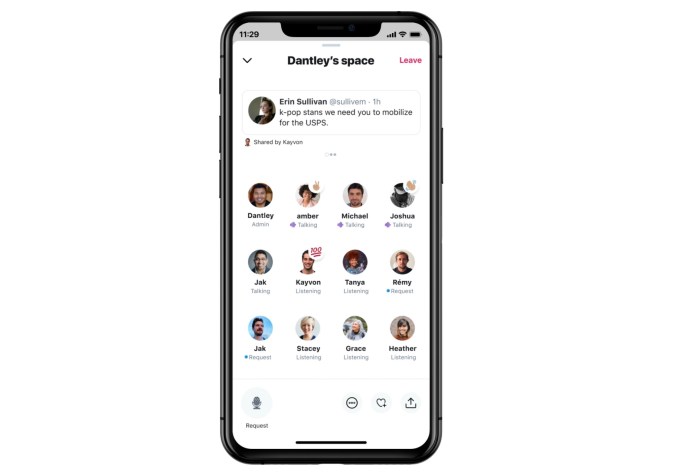News: Whatnot raises $4M as it gets into livestreamed auctions and Pokémon cards
Whatnot, a company I first wrote about back in February, has spent the months since growing rapidly — both in terms of feature set and userbase. This morning the company is announcing it has raised a $4M seed round. Originally focused on being a platform for safely reselling FunkoPop! vinyl figurines, Whatnot has since expanded
Whatnot, a company I first wrote about back in February, has spent the months since growing rapidly — both in terms of feature set and userbase. This morning the company is announcing it has raised a $4M seed round.
Originally focused on being a platform for safely reselling FunkoPop! vinyl figurines, Whatnot has since expanded into other types of collectables, including Pokémon cards, sports cards, and FiGPiNs.
The company has also expanded beyond simple buying/selling mechanics, embracing a trend that was already proving popular before the pandemic struck and has only grown since: livestreamed video sales and auctions.
If you’ve never fallen down the rabbit hole that is collecting, perhaps you haven’t seen this kind of sale — but once you’ve tuned in, it’s hard to stop. Popular amongst groups like Disney pin traders, live video auctions are… well, they’re exactly what they sound like. The host fires up a live stream, a notification going out to their fanbase of fellow collectors that it’s time for a sale. Their phone camera pointed at the item up for grabs (often spinning in place on a turntable to give a full view of its condition), the host’s job is part auctioneer, part hype-man. They’ve got to know the ins and outs of the item in question, interact with folks in chat, and generally just keep the energy high so that viewers stick around.
A lot of these auctions happen on platforms like Instagram, which… aren’t really built for this. Selling an item there means manually connecting with buyers after the fact, figuring out payments, and hoping no one backs out. Whatnot wants to specialize in it, and has spent the last few months building out livestreaming tools accordingly; streams are handled directly through their mobile app, as is all the payment and processing on the seller’s end. I popped into a few random streams last night, and they each had dozens to hundreds of people watching and bidding on items like Mumm-Ra Funko Pops, with users trying to guess what might show up in the stream next.

Image Credits: Whatnot
Another increasingly popular live streaming concept for Whatnot is that of the “card break”. Users pool their money to buy an entire box of trading card packs — often boxes that are no longer being produced, and can cost thousands of dollars to obtain. Each user gets a number, each number tied to a pack (or packs) within the box. Each pack is opened on the livestream, its contents sent to the (hopefully?) lucky owner tied to that pack’s number.
Whatnot co-founder Logan Head calls the company’s growth in recent months “explosive”, telling me that additions like livestreaming have helped them grow “at least 100% month-over-month” as of late. The Whatnot team has grown as well. It’s currently sitting at 12 employees, and is actively looking for more engineers — thus the need to raise. The company tells me that this $4M seed round was backed by Scribble Ventures, Operator Partners, Wonder Ventures, Y Combinator, and a number of angel investors.





